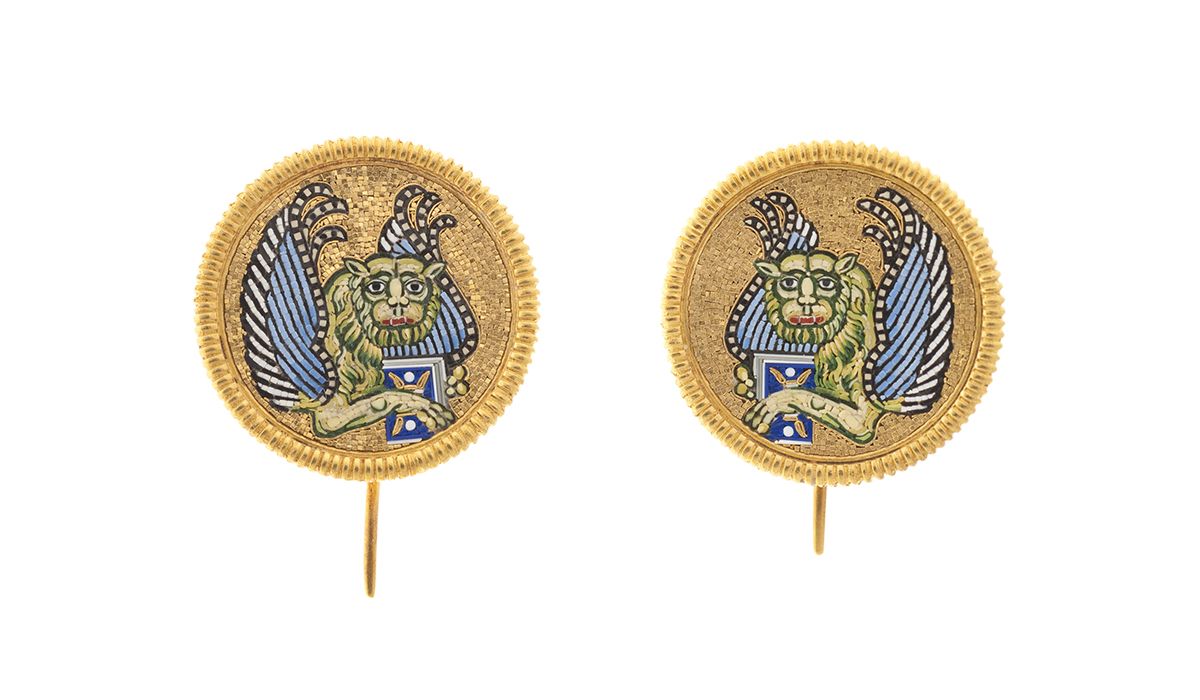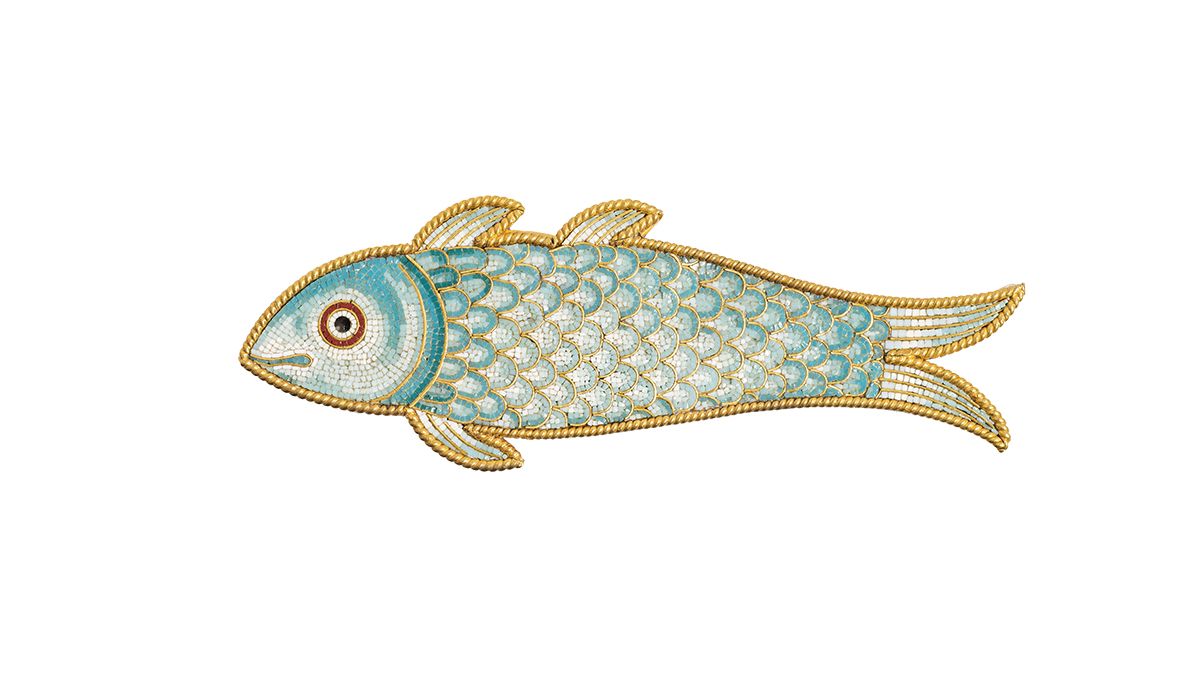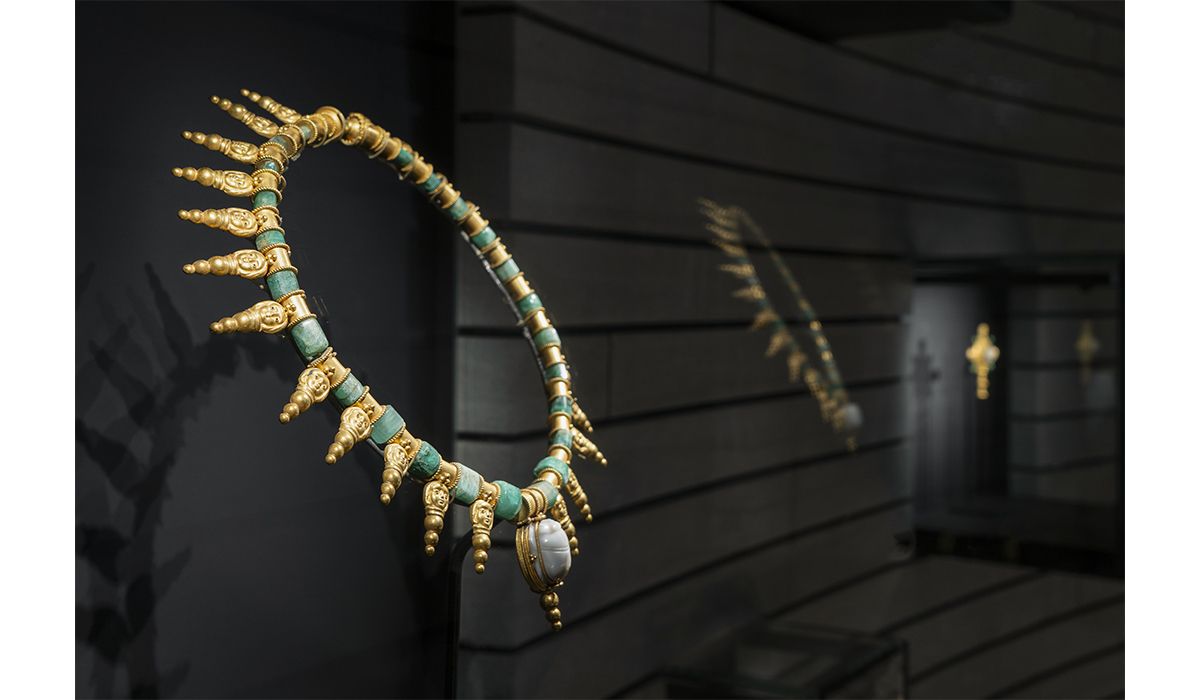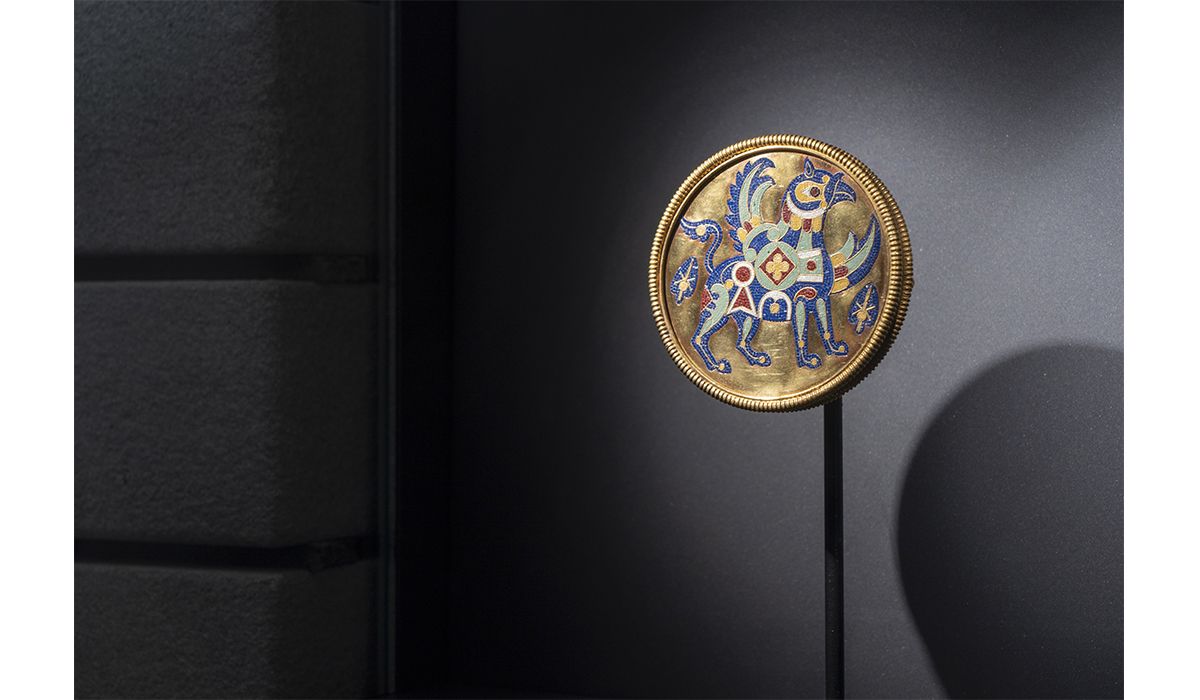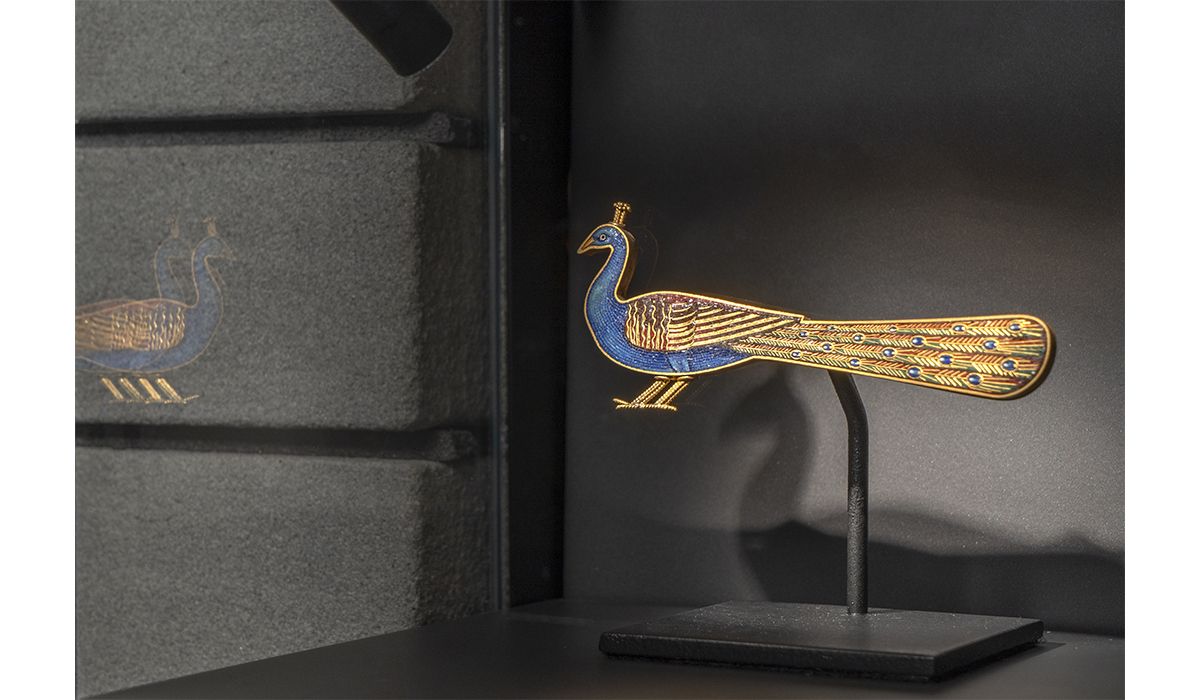Castellani Collection at the Rovati Foundation
The “Etruscan Treasures. The Castellani collection between history and fashion” exhibition will be on show till March the 3rd at the Luigi Rovati Foundation in Milan, thanks to collaboration with the Musée des Arts Décoratifs in Paris
Thursday, 25 January 2024, by Federica Frosini
-

An overview of the exhibition at the Luigi Rovati Foundation in Milan. Photo @Daniele Portanome for Luigi Rovati Foundation
The Castellani family was a veritable dynasty of goldsmiths operating in papal Rome between 1814 and 1927. Founded by Fortunato Pio together with son Alessandro, their creations mainly featured reproductions of ancient Etruscan jewelry, often adorned with colored gems, Baltic ambers, carved stones and micro mosaics. What decreed their fortune was above all the famous Grand Tour that, in the early 19th century, was embarked upon by the wealthier European classes to discover the beauties of Italy, with Rome being the most popular destination. Here, between Via del Corso and the Trevi Fountain, the Castellanis welcomed nobles of every lineage, seducing noblewomen with exquisitely crafted creations. Among them was Baroness Charlotte de Rotschild, who soon became a great lover and collector of Castellani jewelry. Ongoing until March 3rd, the Luigi Rovati Foundation in Milan is hosting 15 items of Castellani jewelry made for the baroness between the 1860s and 1870s to further enrich the “Etruscan Treasures. The Castellani collection between history and fashion” exhibition. The jewelry on display is part of a larger collection of 273 precious objects that Charlotte de Rotschild donated to the Musée des Arts Décoratifs in Paris. Over a period of fifteen years, the baroness collected a substantial number of Castellani jewelry pieces, including pendants, earrings and brooches depicting Christian iconographic motifs such as the fish, the peacock or the dove of the Holy Spirit, inspired by depictions found in some important medieval Roman churches and by the techniques used to decorate them. Examples are the pendant and earrings with the Lion of St. Mark, in which the deliberately irregular surfaces of the refined micro mosaic accentuate the effects of light vibration. It is not certain where and when the Baroness discovered the Castellani creations, whether in their workshop-atelier in Piazza di Trevi, a compulsory stop for all art lovers passing through Rome, or at the Castellani family's stand at the 1862 Universal Exhibition in London, or in the workshop on the Champs-Elysées that Alessandro Castellani opened during his Parisian exile between 1860 and 1862. What is certain is that Charlotte de Rotschild always stood out for her essential and never frivolous style. She was a great lover of Italy and its beauties and the collection of jewelry on display at the Luigi Rovati Foundation completes her much larger art collection, a strong expression of her extremely refined personal taste. The exhibition, the outcome of the first collaboration between the Luigi Rovati Foundation and the Musée des Arts Décoratifs, was organized by Mathieu Rousset- Perrier, curator of the Parisian museum.
The jewels courtesy of ©Les Arts Décoratifs/Jean Tholance

